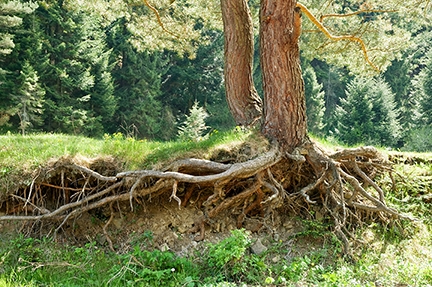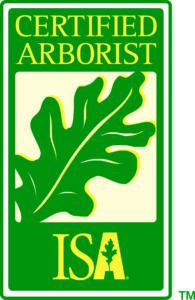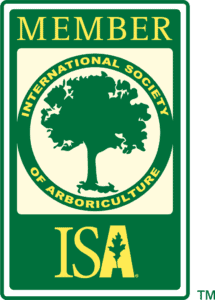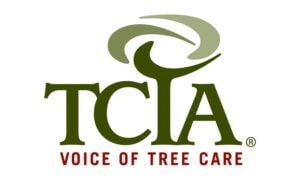Roots and Hardscapes
Roots
Roots serve as the nutrient transfer system for a tree and help establish a strong foundation. Keep the root system healthy with appropriate water, regular checkups on the soil’s health and by providing plenty of room to grow. When roots grow under sidewalks, driveways and other hardscapes, this can cause problems for pedestrians and valued landscape features.
While roots can adapt to life near hard surfaces, they can also wreak havoc on them.
Root Heave and Other Issues
While roots can adapt to life near hard surfaces, they can also wreak havoc on them. When flat surfaces, such as sidewalks and patios are built, soil is compacted to build a foundation for these surfaces. Roots have a tendency to find the path of least resistance, and will do so in the small fissures in the soil under the hardscape. When a tree’s roots grow under hard surfaces – such as brick, concrete or asphalt – they can cause the surface to crack and lift. This is called “root heave” and results in unsightly and potential unsafe damage.

Trees can cause problems for nearby building foundations by finding small cracks that they will grow into causing larger cracks. Over time, this will cause structural damage to the foundation. Additionally, if a tree root contracts a wood decay fungus, the disease will disintegrate the root and cause soil shifting. This soil movement can drastically affect whatever is above ground.
What You Need to Know
Planting New Trees
Avoid future problems by planting a tree with enough room to grow to full size. Did you know that a tree’s root system could extend to two- to four-times as wide as its crown? Research the mature height and branch spread of a tree before making a selection. Trees tend to grow high and wide, and need just as much space underground as they do above ground. A tree planted too closely to hardscapes, house foundations, pools, etc. will often cause problems as the roots grow horizontally.
Managing Existing Trees
If you have a mature tree that is already causing problems for your sidewalks, driveways and patios, there are specific root cutting and root direction practices that may be applied. These practices are outlined in the ASNI A300 standard for root management, and should be performed by a qualified arborist. When taken into your own hands, the potential for you to cut too many structural roots is high, which may cause tree instability. An individual untrained in root cutting methods could also cut the roots too close to the trunk, resulting in wood decay fungi entering the roots and eventually risking tree strength and structure.
What You Can Do
Redirect Root Growth
One thing you can do as an informed tree owner is to try to redirect root growth away from sidewalks and foundations using root barriers and other root-growth inhibitors. The physical barriers act like a wall to discourage root growth away from whatever you are trying to protect. Root barriers take a bit of work – you would have to dig a two- to four-foot trench (depending on the type of barrier you use) and bury the barriers in the soil. A qualified arborist can help you with the installation of barriers and application of root growth inhibitors.
Avoid Compaction
What are other tree root concerns? Compaction is the biggest health risk to trees and is caused by the soil around the root zone becoming constricted. This constriction removes the necessary air and water pores in the soil that tree roots require to grow. Compaction is caused by many things, including lawn maintenance activities, vehicles parked or driving over the tree root zone, flooding or lack of drainage and most unmonitored construction activities. The best remedy for compaction is to prevent it in the first place. Since that is a rare occurrence, treat compaction by using pneumatic air tools to loosen the soil.
Replace it with soil suitable to the growing needs of your tree. If you aren’t sure what you need, ask an arborist from 3 Alarm Tree Rescue.
Cover it With the Correct Material
Sometimes homeowners use black plastic to cover a root system and top it with mulch to create a more pleasing aesthetic and prevent weeds. Plastic creates an anaerobic, or low oxygen, environment. When covered with plastic, roots won’t receive the necessary oxygen, water or nutrients needed to stay healthy.
If you must cover the roots of your tree, composted wood chip mulch without the plastic barrier underneath is a wonderful way to cover your roots and still maintain their health. Don’t use too much of a good thing!
Call Our Trained Arborists
The health of your tree is directly related to its growing environment. Keep the roots healthy and viable by not driving over them, cutting indiscriminately or placing black plastic over the ground on top of them. A professional arborist from 3 Alarm Tree Rescue can assess your landscape and ensure the health of your trees.
For the best results, we recommend you hire a professional that is trained to assist with your planting project. Call us today at 3 Alarm Tree Rescue.




